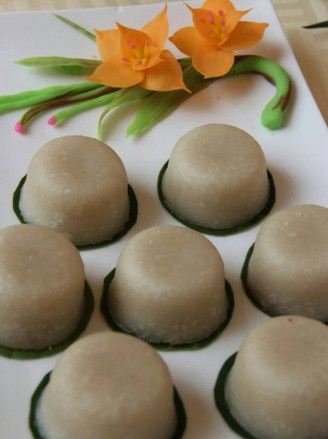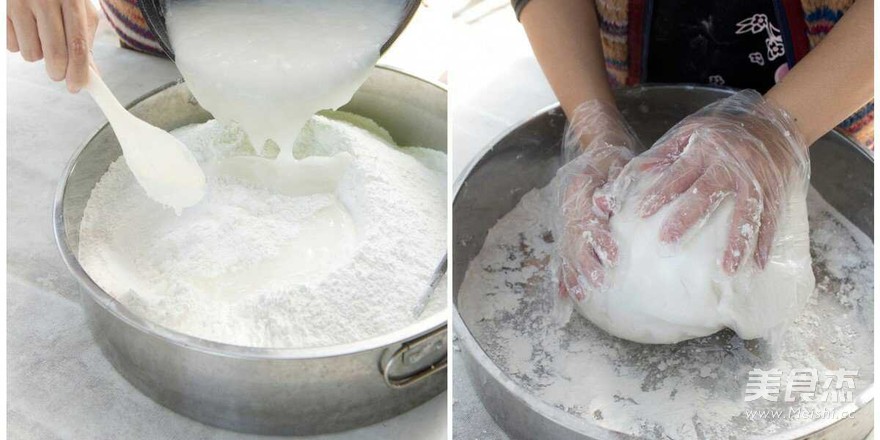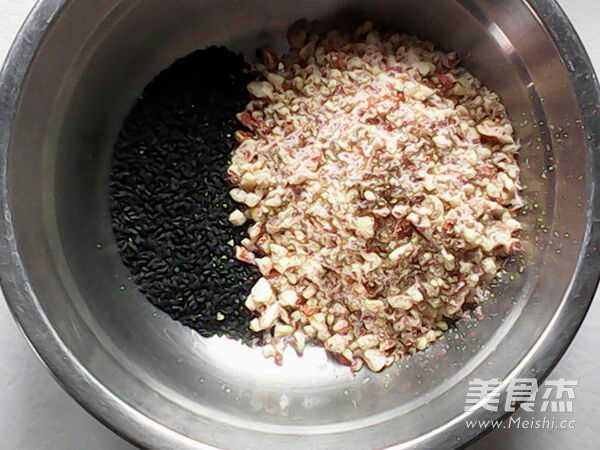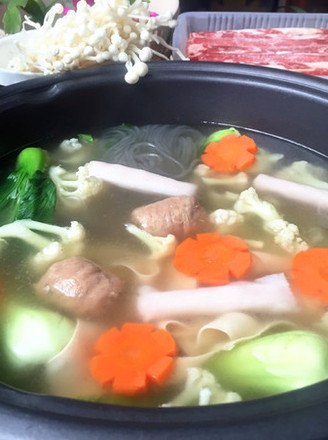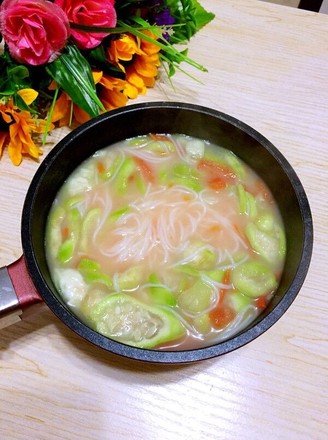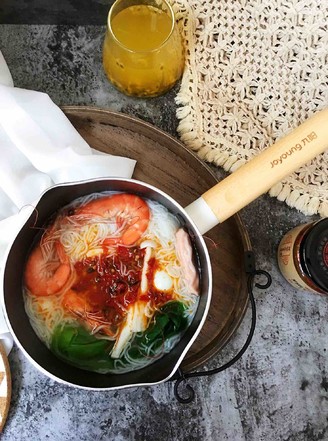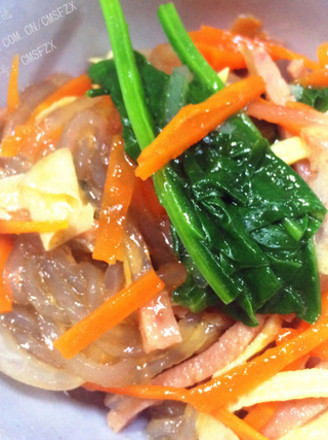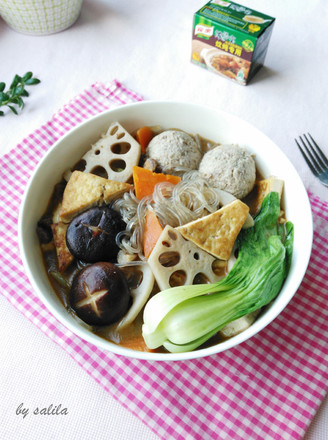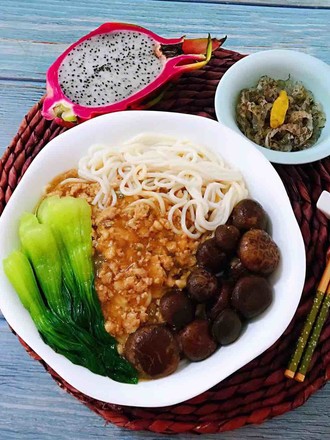Yangjiang·wine Cup Seal
1.
First, mix the sticky rice flour, glutinous rice flour and water into a dough for use
2.
Then pour chopped peanuts and sesame seeds into the pan and fry them, then add a little white sugar and mix to make fillings
3.
The last step is also a critical step. Take out a wine glass with a larger mouth (approximately 4 cm in width), fill one-third of the glass with the dough at the beginning, put a little filling to compact, and then add the dough Compact, finally pour out the dough from the wine glass. After all the dough balls are finished and all the wine cups have been printed, place them in an orderly manner on a plate and then put them in a pot or steamer and steam them for about 40 minutes.

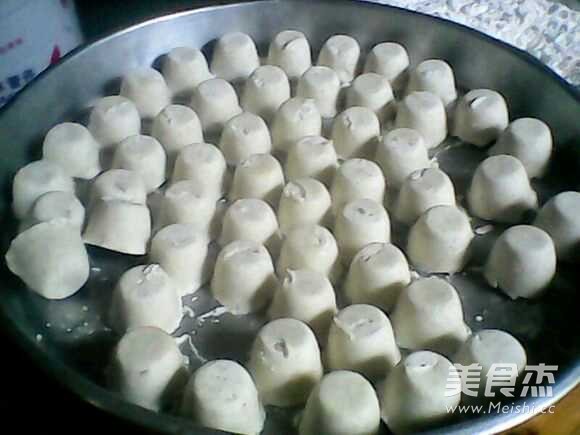
Tips:
The glutinous rice flour and sticky rice flour should be mixed with warm water, stir first with chopsticks, and then knead the dough. If it is always thin, continue to add glutinous rice flour and sticky rice flour until it becomes a dough.
The reason for using warm water is that the glutinous rice flour has poor stickiness, and it is necessary to cook the glutinous rice flour with warm water to make it sticky. So when you eat pastries made of glutinous rice flour, you always feel very sticky, because glutinous rice flour will become sticky when heated.
Glutinous rice flour: glutinous rice flour is more sticky. It is called glutinous rice flour or sticky rice flour in the north. It is suitable for glutinous rice balls, sticky rice cakes, donkey rolls, sugar rice cakes, and fried Chinese desserts. The viscosity is much higher than that of rice flour. Generally, the glutinous rice flour sold in the market is raw glutinous rice flour.
Sticky rice noodles: Flour milled with ordinary stalk rice, called Zailai Noodles in Taiwan. It is not as sticky as glutinous rice flour and is suitable for steamed Chinese desserts, such as sponge cakes, hair cakes, and centering cakes.

